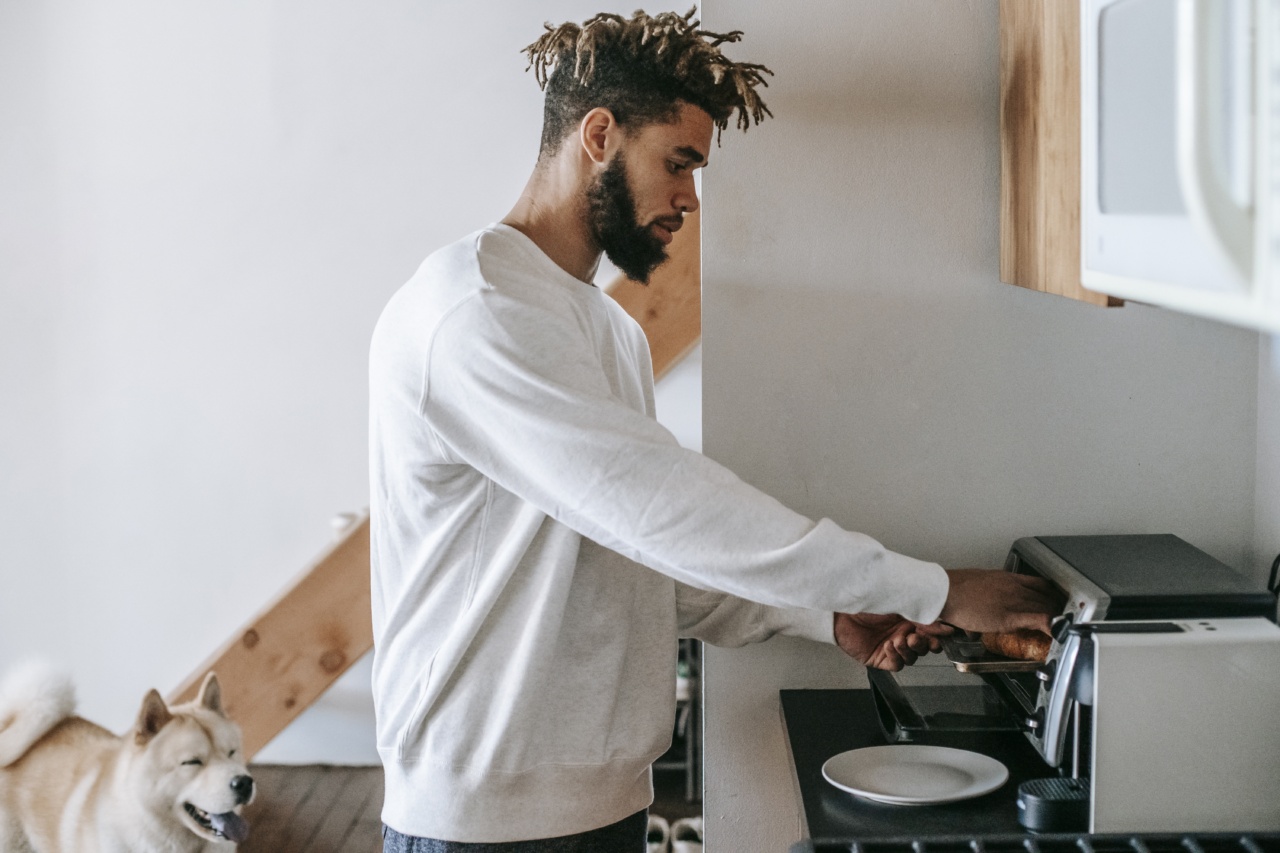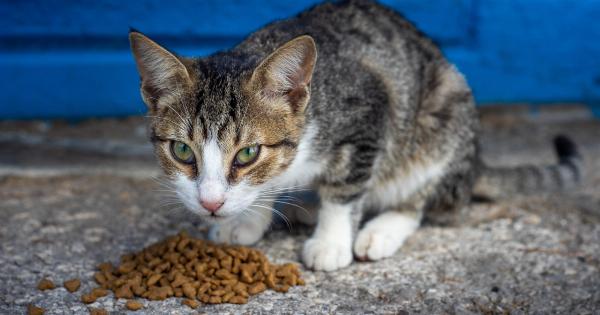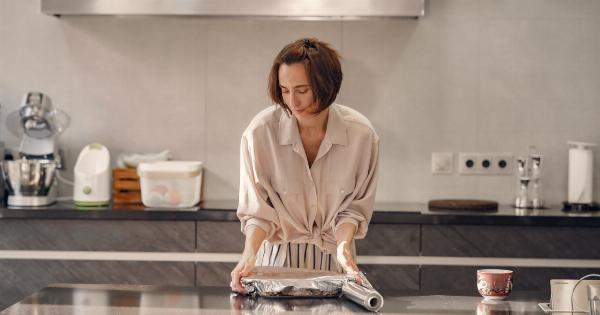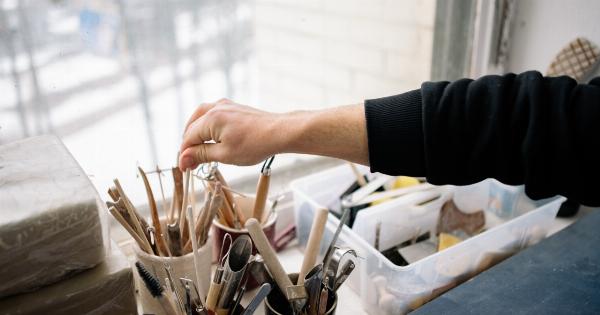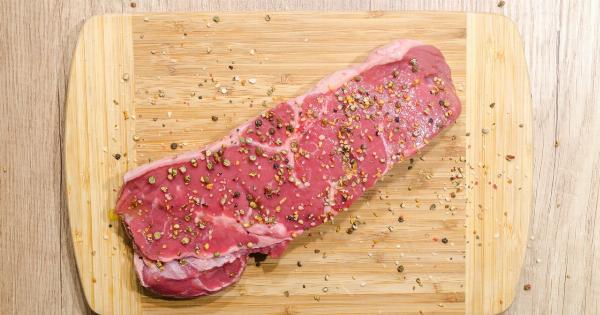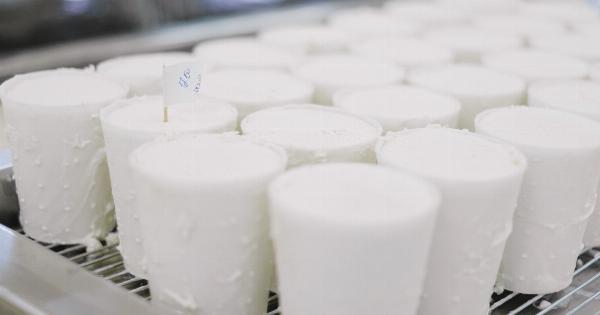A microwave is a kitchen appliance that is popularly used to heat and cook food. It provides a convenient way to cook or reheat food quickly, saving time and effort. However, not all foods can be safely heated in the microwave.
Some foods can explode, catch fire, or become dangerous when exposed to microwaves for too long. Here are some foods you should avoid heating in the microwave:.
1. Eggs
Eggs should never be heated in their shells in the microwave. The pressure can build up inside the shell, causing it to explode and create a mess in the microwave.
If you want to cook eggs in the microwave, always remove the shell and whisk the egg to create a scrambled or egg souffle.
2. Hot Peppers
Hot peppers, such as jalapeños or chili peppers, should not be heated in the microwave. The capsaicin in these peppers can become airborne and cause respiratory irritation or a burning feeling in the eyes when heated in the microwave.
To avoid this, slice the peppers and remove the seeds before microwaving.
3. Grapes
Grapes are not safe to heat in the microwave. When grapes are cut in half and heated in the microwave, they can create a plasma that can damage the appliance or cause a fire.
The plasma is created when the microwaves react with the grape’s skin and produces a species of ions.
4. Raw Meat
Raw meat, such as poultry, beef, or pork, should not be cooked in the microwave because it can be unevenly heated. Bacteria can survive in the cold spots, leading to foodborne illness.
If you must cook raw meat in the microwave, always use a meat thermometer to check the temperature in multiple spots to ensure it is cooked to the recommended temperature.
5. Breast Milk
Breast milk should not be heated in the microwave. Microwaving can break down the nutrients and immune properties in the milk and create hot spots that can scald a baby’s mouth. Always use a warm water bath or bottle warmer to heat breast milk.
6. Frozen Meat
Frozen meat should not be defrosted in the microwave. The outer edges of the meat can become cooked while the inside is still frozen. This can create an environment for bacteria to grow and cause foodborne illness.
It’s best to defrost frozen meat in the refrigerator or by using the defrost function in the microwave, followed by immediate cooking.
7. Takeout Containers
Takeout containers, particularly those made of plastic, should not be microwaved. These containers can release harmful chemicals into your food, such as BPA, phthalates, or styrene.
Always transfer your takeaway food to a safe microwavable dish before heating.
8. Bread
Bread should not be heated in the microwave, particularly if it has a crispy crust. The microwave can make the bread tough and chewy, and it can lose its moisture and flavor. It’s better to toast bread in a toaster or under a broiler.
9. Aluminum Foil
Aluminum foil should not be used in the microwave because it can cause a fire or damage the appliance. The metal in the foil can reflect the microwaves and cause the foil to spark or ignite.
Always use microwave-safe dishes for cooking or heating food in the microwave.
10. Styrofoam
Styrofoam should not be used in the microwave because it can melt or release harmful chemicals. The high heat can break down the polystyrene foam and release toxic fumes into your food.
It’s best to use microwave-safe dishes made of glass or ceramic.
